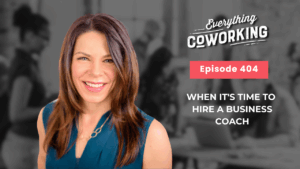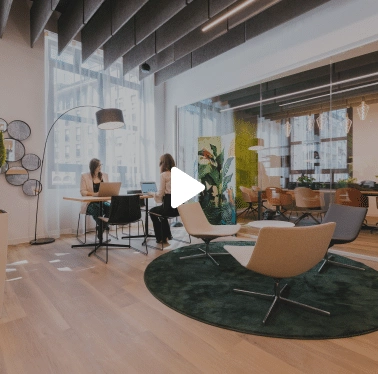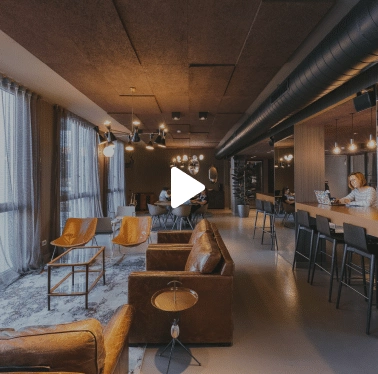
Leads are starting to pick up for many parts of the world. Many coworking space owners experienced a LOT of turnover in 2020. Many of the members coming into the space now are brand new to your brand and they might be brand new to coworking.
Our onboarding processes might be a little rusty…or a little informal and inconsistent. Or we might have new team members that haven’t done a lot of onboarding. Make sure you have consistent onboarding processes that are intentional and documented. Make sure you’re training your team on these processes and helping them to understand why they are so important.
This is to get you back into the frame of mind that…
First impressions matter.
A great onboarding experience is your best retention strategy.
It’s a lot easier to keep good members than to attract new ones.
I don’t think that we can under-estimate the importance of an intentional onboarding process for coworking space members right now.
Here’s what we’re going to cover in this blog:
- Why your onboarding process is critical to retention
- Four key elements that your onboarding process should include
I delivered this training live to our Community Manager University members. It’s such an important topic that I wanted to share the key concepts with you. The CMU members got a more in-depth version of this content, AND a member onboarding email sequence with sample subject lines and text for each of the seven emails in the series. If your team could benefit from the training and templates in Community Manager University, try it out for a month by registering here.
Here are the four key elements you should consider including in your onboarding process:
- Confirm that they made the right decision by joining (avoid buyer’s remorse).
- Get them what they need to use the space.
- Set expectations around culture and community norms.
- Help them have a positive experience within the first week – it’ll greatly improve retention.
ONBOARDING ELEMENT #1: CONFIRM THAT THEY MADE THE RIGHT DECISION BY JOINING:
Reinforce your new member’s decision to join.
This can be simple – a welcome email that congratulates them on their decision. If you want to go a step further, I love it when spaces send a welcome video. This can be a major comfort level hurdle for Community Managers to get over but it can make a huge impact.
Use a free app called Loom and simply turn on your video and do the following:
- Congratulate them
- Tell them what to expert for their onboarding process so they don’t feel like they’re on their own
- Mention something you know they’ll love about the space or another member they should connect with and tell them you’ll share more in your onboarding meeting.
ONBOARDING ELEMENT #2:
The second element of your onboarding process should be to get them what they need to use the space. We’re not going to spend time on this one because it’s fairly obvious…but test to see what works for you. Does your onboarding packet get printed or is it all digital? Do you drip the information or hand it over all at once?
Make sure they know how to access the space, reserve meeting rooms, use phone rooms, connect with other members, know where to park, where to get lunch. Don’t assume they know any of these things. If they get stuck on the basics, you’ll never have the chance to dazzle them with your hospitality and community.
IF you can coerce your new members into an in-person meeting, this can go a LONG way to getting to know your members much faster, and a live, focused audience to help them understand how to use the space and what your expectations are of their behavior.
Which sends me into the next section…
ONBOARDING ELEMENT #3: SET EXPECTATIONS AROUND CULTURE AND COMMUNITY NORMS
You are so thrilled to have new members join that you don’t want to rock the boat by doing your Den Mom act and reminding them that we don’t leave dishes in the sink and we certainly don’t leave writing on the white boards in the meeting rooms.
I’ve heard Community Managers in my Community Manager University Group and in the Everything Coworking Facebook group talk about challenges with member behavior.
“Babysitting adults” is a phrase that gets used which pains me. That’s not what we want our Community Managers to spend their time and energy on. Sometimes this is bad behavior by specific members that is hard to change. Sometimes we can get in front of this in our on-boarding process.
People that haven’t used coworking spaces before may actually not be sensitive to things like wearing headphones while on conference calls, not leaving tea bags in mugs, taking up three seats at a table when they should take up one. Leaving items overnight when they don’t have a dedicated desk membership…etc. We owe it to new members and existing members to make sure that we spell out the do’s and don’ts. Put some humor into it. Tell your new members you’re putting your “Den Mom” hat on and tell them a story of the craziest thing that has happened in your space and blame it on that guy that walked around the space in bear shoes and moved his Kombucha-brewing business into your kitchen without asking.
ONBOARDING ELEMENT #4: HELP THEM HAVE A POSITIVE EXPERIENCE IN THE FIRST WEEK
Research shows that members are more likely to stay if they have a positive experience within the first 7 days. You want your members to confirm that the logistics work and help them get more out of the space than they expected. Joining a coworking space is a no-brainer for some, but a significant investment for many…so find ways to reinforce their decision during the first week and beyond.
The need for this will vary depending on the individual situation of a member. This is why I love trying to require an in-person onboarding meeting. A favorite trick of my Community Manager University members is to only give out door access after an in-person meeting with the member to go through the most important elements of a coworking orientation.
The best way to get to know a member is to get them to sit down with you and go through your list of onboarding questions and more deeply understand why they joined and what they’re looking for.
Let’s walk through a few member profiles and think through onboarding needs.
Member profile #1:
You just signed on a new team that used to work at a coworking space nearby that recently closed. They know how coworking spaces work and right now, they are super busy with client work and are desperate to get transitioned into a new, professional environment so they can stay focused on serving their clients. You’re not going to have to work that hard to convince them how amazing it is to be away from the distractions from working from home – they already know that…
BUT…teams can sometimes be a bit overbearing. They may feel more comfortable leaving dishes in the sink and overstaying their welcome in meeting rooms. They may have picked up some bad habits from their last coworking space You’ll want to make sure as part of the onboarding process, you spend a little extra time setting up your culture and your community norms.
And at the same time, you’ll want to confirm that YOUR space is the right choice for them.
Don’t harass them in week 1 to attend a community lunch and learn if you know they’re working on some tight client deadlines. Keep the coffee hot, be extra hospitable to their clients that come in to visit, keep the printer full of paper and the meeting rooms stocked with white board markers. These sound minor, but it’s easy to lose focus on the details when you’re bringing in new members.
Member profile #2:
Another new member type might be the new member that has a corporate job but is now working from home and just needs to escape the distractions of home to get some focus work done or do an important Zoom call. Maybe she has never tried coworking. A friend of hers told her about it and she decided to give it a try.
She’s a tiny bit unsure of how it all works, what the etiquette is, if she should even talk to other members. She has plenty of “work friends” already, but she does kind of like the idea of meeting people that live in her community and she likes having a reason to put an outfit on and pack her lunch.
You’ll want to do a bit more hand-holding with her. You’ll really want to make her feel comfortable, welcomed, and like she’s “doing it right.” Also, compliment her outfit. No one at home does and don’t we all love to feel noticed?
Make sure to spend some time getting to know her personally and understanding what she’s trying to get out of the space – is it head’s down time, or a great Zoom room or something else? If it’s a Zoom room, make sure she knows which meeting rooms are set up with the special background and the ring light, and how to book a room when she needs it. Make sure she has the adapters she needs to use your technology easily if she needs to connect to a screen. Make sure to cover little things with her like that the coffee is local and free and that you’ve taken extra steps to make your network secure for her.
Try to introduce her to a couple of folks in the space that are working moms – help reinforce that there are others like her using the space and that she belongs there. She may believe that coworking spaces are full of young startups and that it’s not her crowd.
Member profile #3:
A third type of member might be the solopreneur who really craves community. Maybe they’re newer to business, or their business relies on referrals and networking and they want to see if your coworking environment is a good place for them to authentically grow relationships.
These are the folks that you probably have to put the most effort into because they don’t “need” to be in your space. They could work at home and are constantly evaluating the ROI of their part-time monthly membership fee. They’ll spend the most time chatting with the Community Manager and hanging out in the lounge space near the coffee. They’ll also be the first one to happy hour and they’ll offer to teach your next lunch and learn. When you onboard this member, you might spend a lot more time going through your member events calendar, where to find the member directory, how the Slack Group works, and introducing him to other members that like to get lunch at the Food Trucks on Fridays.
The key here is to really pay attention to what new members want out of your space, and look for small ways to reinforce to them in their first week of membership that they can get what they want from your space, your team and your community.







